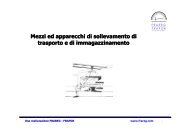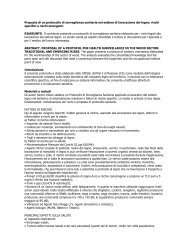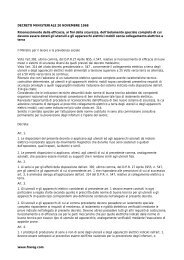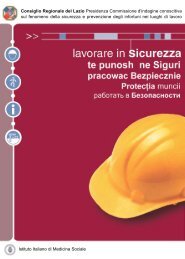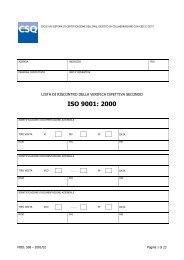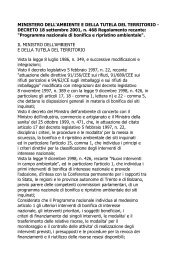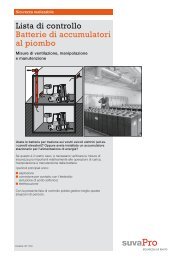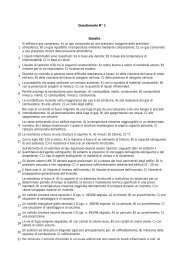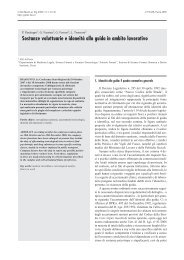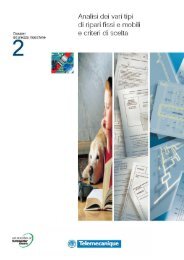Working with ADR - An introduction to the carriage of ... - everysite
Working with ADR - An introduction to the carriage of ... - everysite
Working with ADR - An introduction to the carriage of ... - everysite
You also want an ePaper? Increase the reach of your titles
YUMPU automatically turns print PDFs into web optimized ePapers that Google loves.
The following types <strong>of</strong> entries appear in <strong>the</strong> Dangerous Goods List:<br />
■ single entries for well-defined substances or articles including entries for substances covering several<br />
isomers (eg UN 1090, Ace<strong>to</strong>ne); and<br />
■ collective entries, consisting <strong>of</strong>:<br />
- generic entries for well-defined groups <strong>of</strong> substances or articles o<strong>the</strong>r than ‘not o<strong>the</strong>rwise<br />
specified’ (NOS) (eg UN 1133, adhesives),<br />
- specific NOS entries covering a group <strong>of</strong> substances or articles <strong>of</strong> a particular chemical or<br />
technical nature (eg UN 1477, nitrates, inorganic, NOS), and<br />
- general NOS entries covering a group <strong>of</strong> substances or articles having one or more dangerous<br />
properties (eg UN 1993, flammable liquid, NOS).<br />
Points <strong>to</strong> look out for<br />
Care needs <strong>to</strong> be taken when using <strong>the</strong> Dangerous Goods List. For instance, <strong>the</strong>re are occasionally<br />
multiple entries, <strong>with</strong> matching UN number and name. Such entries differ in columns 3a-20, eg <strong>the</strong><br />
entries against UN 1436 differ in packing group and special provisions.<br />
Multiple entries for <strong>the</strong> same UN number sometimes appear, where <strong>the</strong>re are different forms <strong>of</strong> <strong>the</strong><br />
substance, and hence slightly different names. For example, UN 3282 has liquid and solid forms. The<br />
differences are less obvious when looking at, for example, UN 1139 or UN 1263.<br />
There may be more than one UN number for <strong>the</strong> same article or substance, and <strong>the</strong>se may be<br />
consecutive (such as 0248 and 0249 for water-activated explosive contrivances), or not (such as 0102<br />
and 0290 for metal-clad de<strong>to</strong>nating cord). If in doubt, consult ei<strong>the</strong>r <strong>the</strong> alphabetic index <strong>to</strong> <strong>the</strong><br />
Dangerous Goods List, or an electronic version <strong>of</strong> <strong>the</strong> Dangerous Goods List extracted from <strong>the</strong><br />
published CD-Rom and sorted in<strong>to</strong> alphabetical order <strong>of</strong> column 2.<br />
REGULATIONS - GENERAL REQUIREMENTS<br />
Training<br />
Training Regulation 9 <strong>ADR</strong> 1.3, 8.2.3<br />
All<br />
General training<br />
<strong>An</strong>yone involved in <strong>the</strong> <strong>carriage</strong> <strong>of</strong> dangerous goods by road has <strong>to</strong> make sure that <strong>the</strong>y and any <strong>of</strong><br />
<strong>the</strong>ir employees who have any responsibility for such <strong>carriage</strong> are appropriately trained (<strong>ADR</strong> 1.3). This<br />
11




